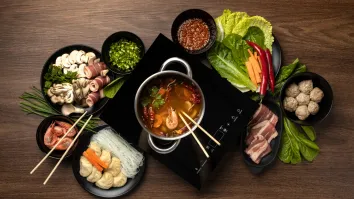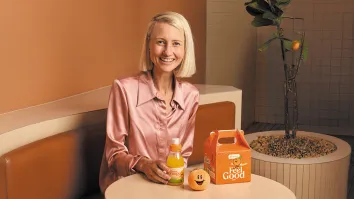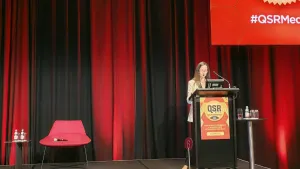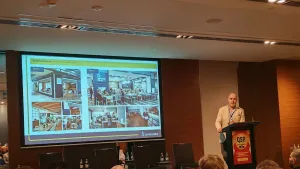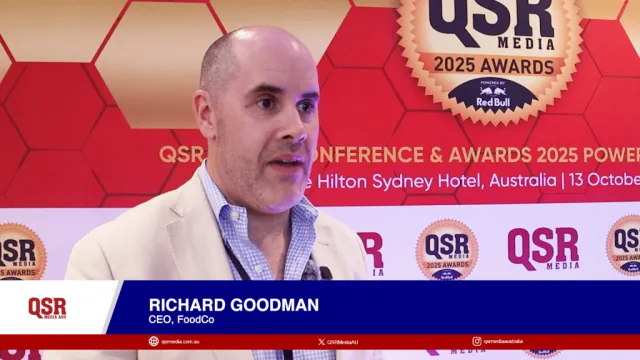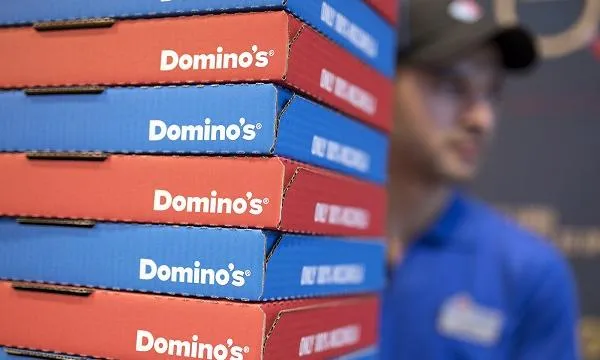
5 factors that drive growth in Australia's delivery market, according to UBS
The company’s report says that the Australian delivery / pick-up market generates $3.2billion annually and is growing at 7% per year.
UBS Evidence Lab’s study, conducted to assess the positioning of Domino’s Pizza (DMP) versus aggregators in the country, also revealed that penetration remains low at 7% of the foodservice market despite high growth.
82% or at least 8 out of 10 Australians, meanwhile, are current users of food delivery despite relatively low spending. “The key issue is frequency of delivery,” the report said.
Below is an excerpt of UBS’ report, identifying five key drivers of growth in the delivery market:
1. Price: is the #1 driver of consumers ordering delivery less often; with c58% of respondents viewing delivery providers as too expensive, an increase vs. 12m ago (56%), we believe the increase reflects:
a. Delivery fees: All four main aggregators in Australia charge an average $5 delivery fee per transaction;
b. Price premium online vs. pick-up: Operators such as McDonald’s charge a premium for delivery on Uber EATS (UBSe 10-15%).
In Figure 15 below, we show the average price paid for a delivery order has increased c10% to ~$32, making it >40% more expensive than a non-delivery order.
[This] is also reflected by the demographics of respondents, with >50% of delivery non-users from the ‘low income’ category.

2. Delivery fee too high: Delivery fees, in our view, are a significant barrier to increasing delivery penetration, with c40% of customers flagging this as an issue (#2). Currently, the average delivery fee paid stands at ~$3, limiting the addressable market to c30% of users.
3. Delivery speed: Delivery speed is one of the most important attributes for customers (Figure 14), particularly considering the flow-on effects to taste / hotness (#1 & #2 attribute for delivery customers). This area, however, has and will continue to improve over time as aggregators generate scale. We estimate delivery times at aggregators currently run at 35-40 minutes versus DMP [less than] 25 minutes.
4. Range: Is ranked as the 5th most important driver of food delivery, with restaurant selection a key competitive advantage for the aggregators. That said, incumbents (namely Domino’s) have directed efforts around increasing rage (oven-baked sandwiches, desserts, side). This is a positive, in our view, and one that should rate well in the eyes of consumers.
5. Heavy focus on dinner (structural): According to customers, c93% of delivery orders are during dinner vs. c11% at lunch and 1% at breakfast. While there is always likely to be a material structural difference between lunch and dinner penetration, we see an opportunity for Australian lunch delivery penetration to move in line with global developed peers (>15%) over time.
(Editor’s Note: The following excerpt is used with permission from UBS and does not necessarily reflect the views and opinions of QSR Media. Some parts are edited for clarity and website compatibility.)


